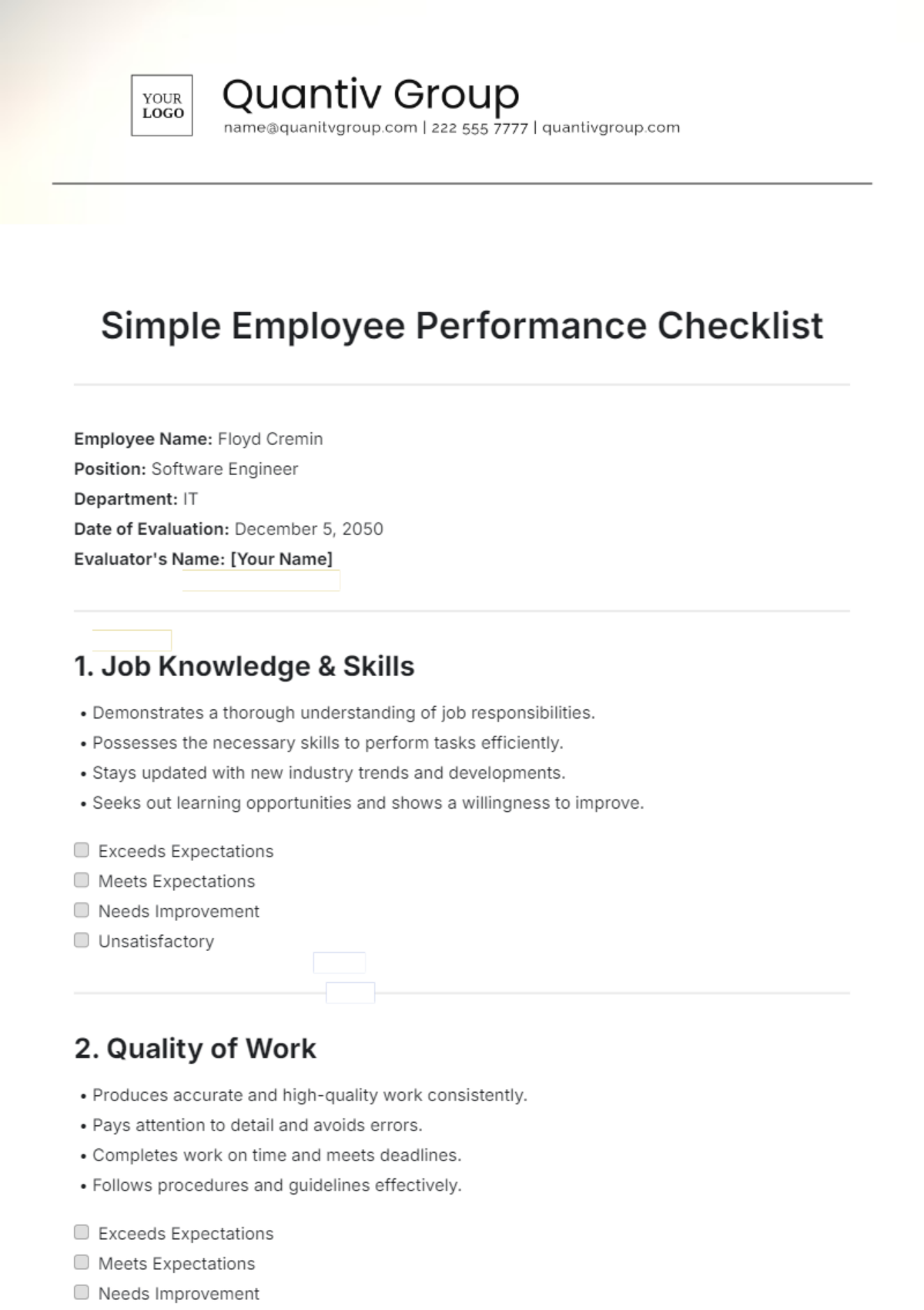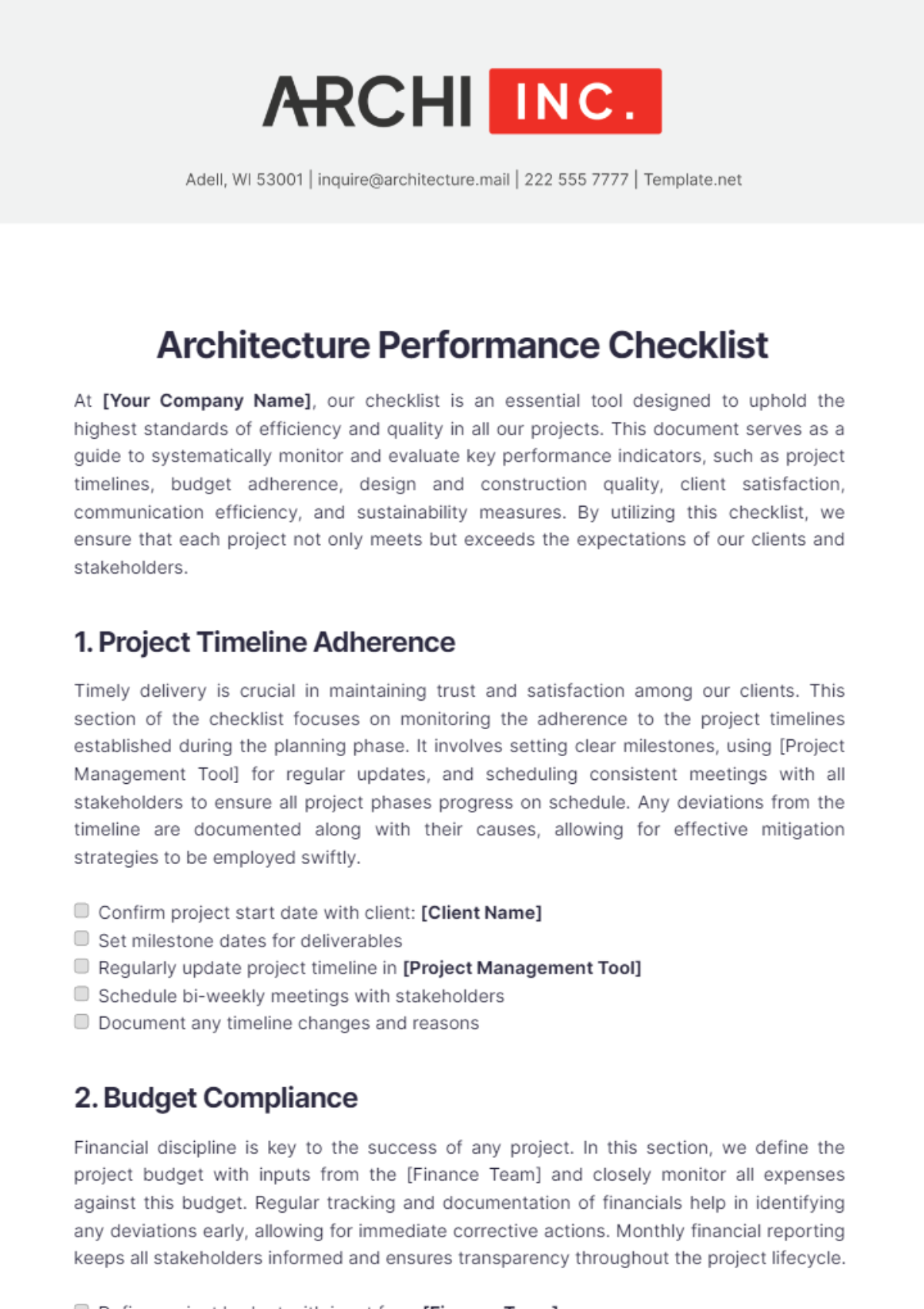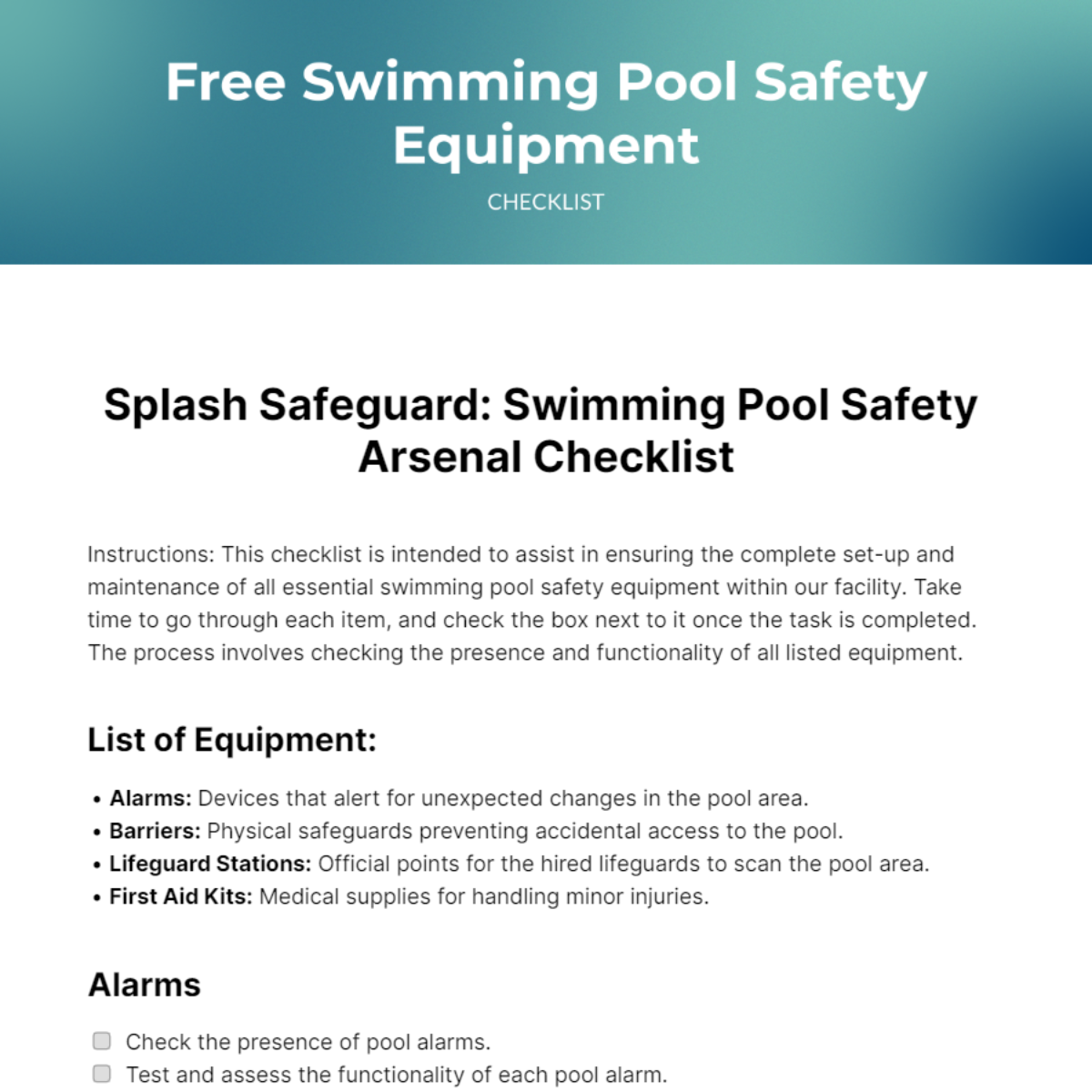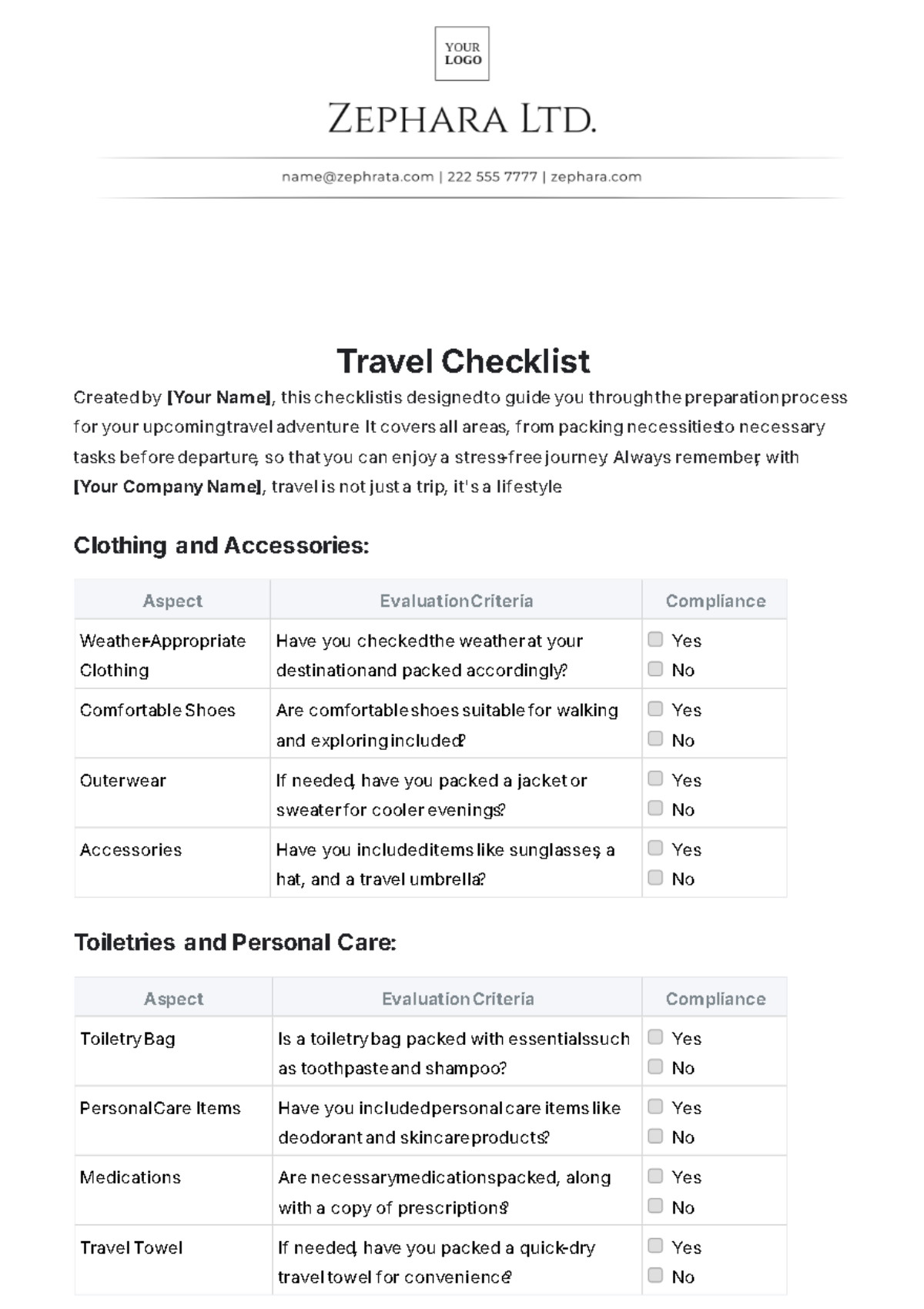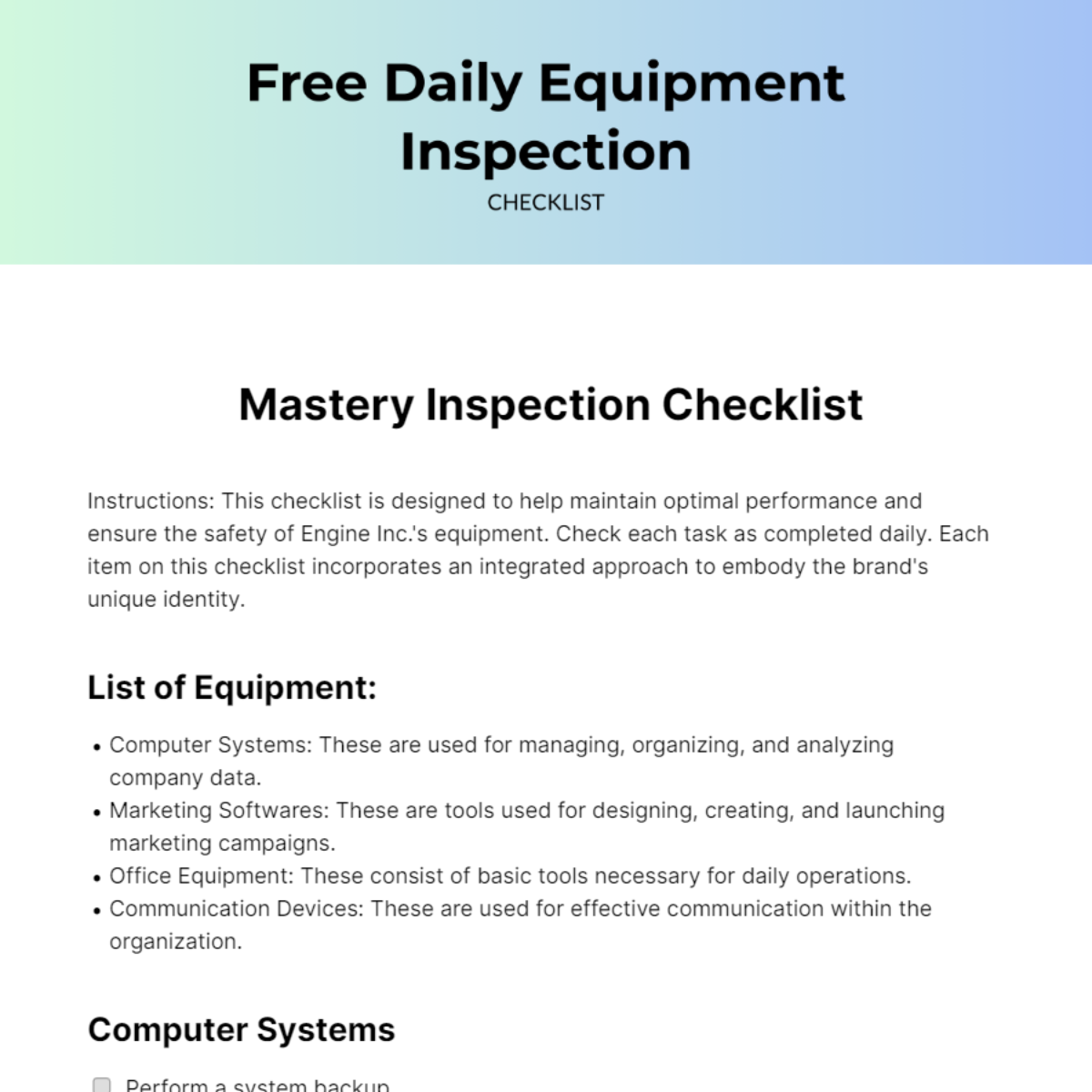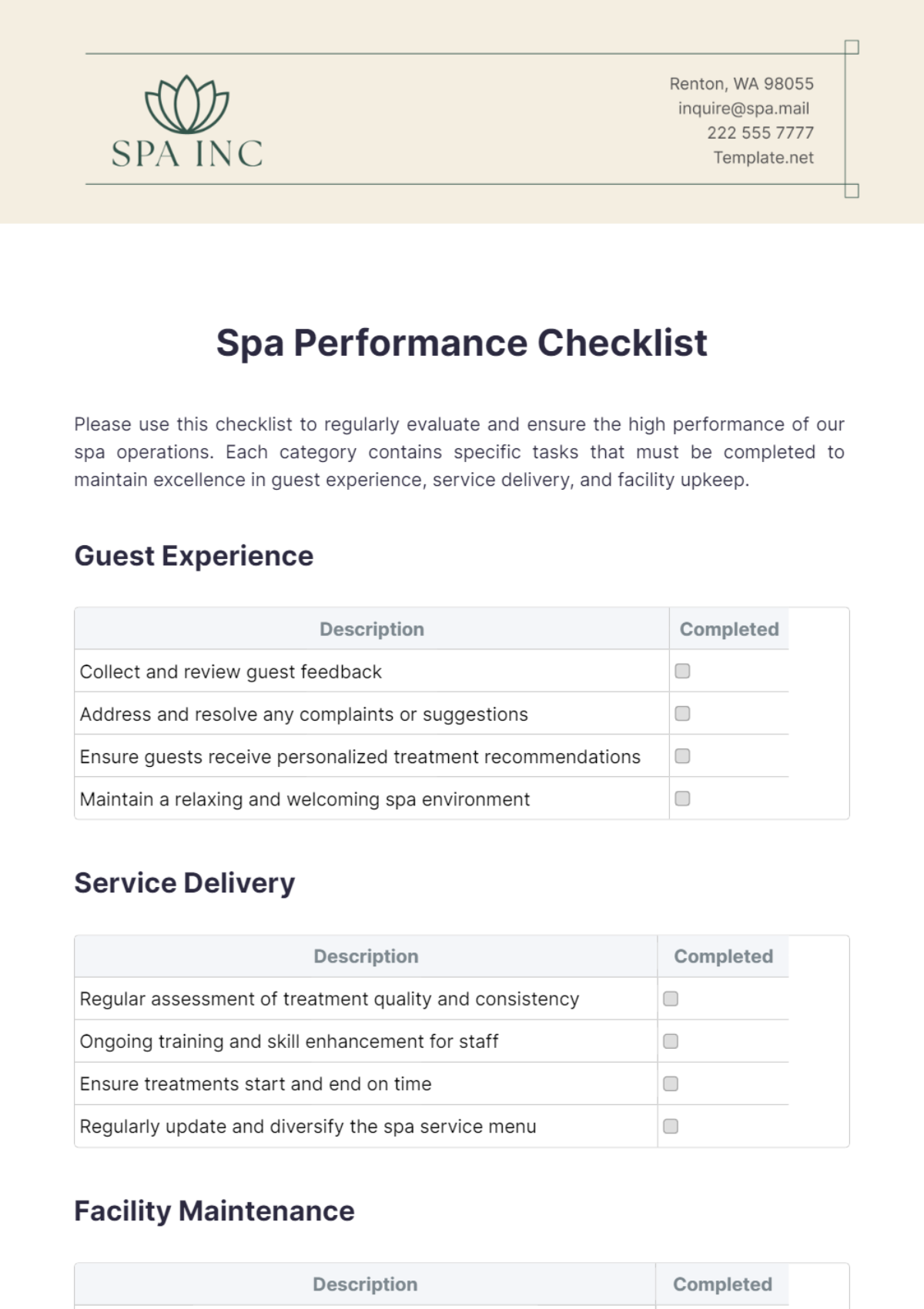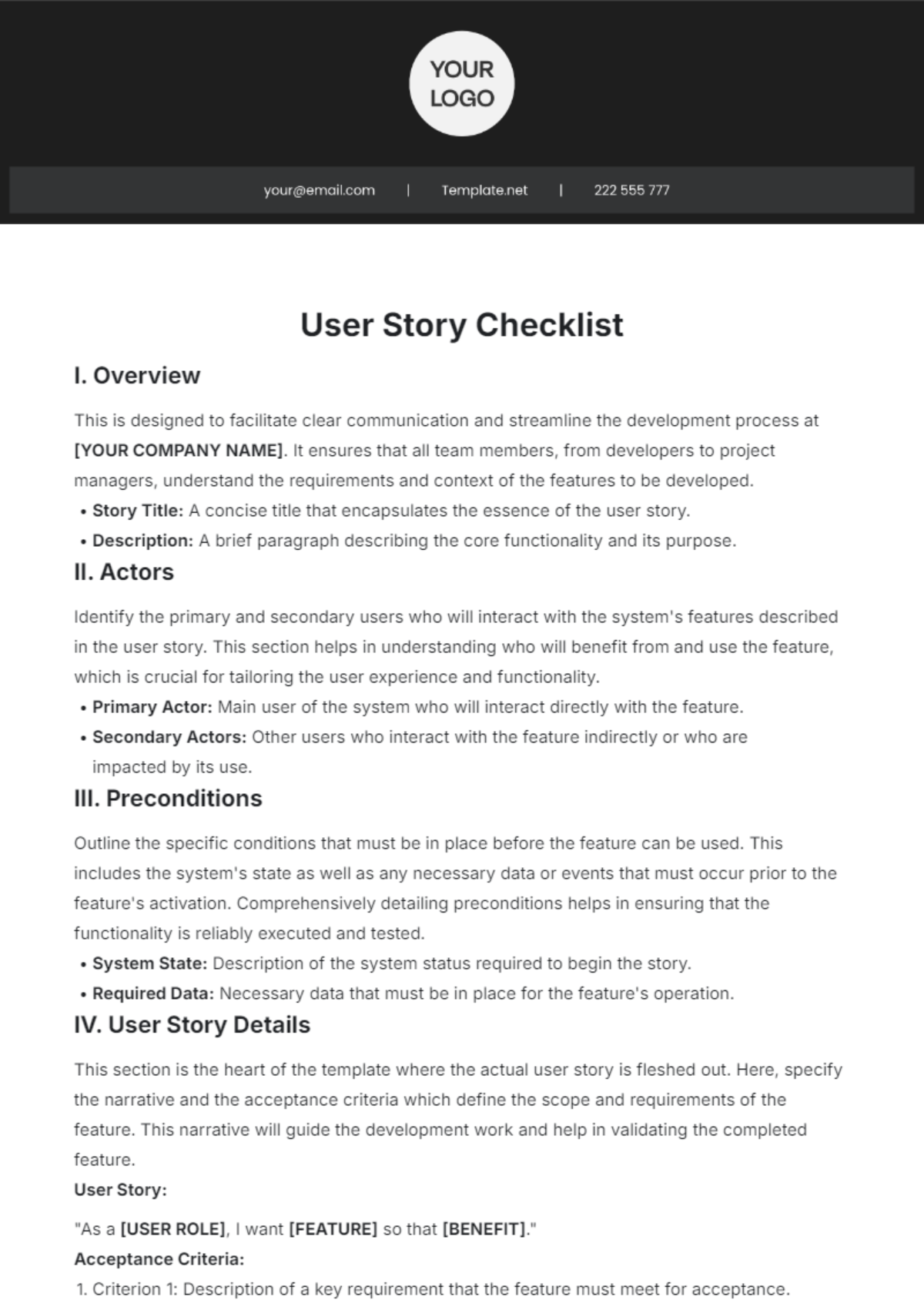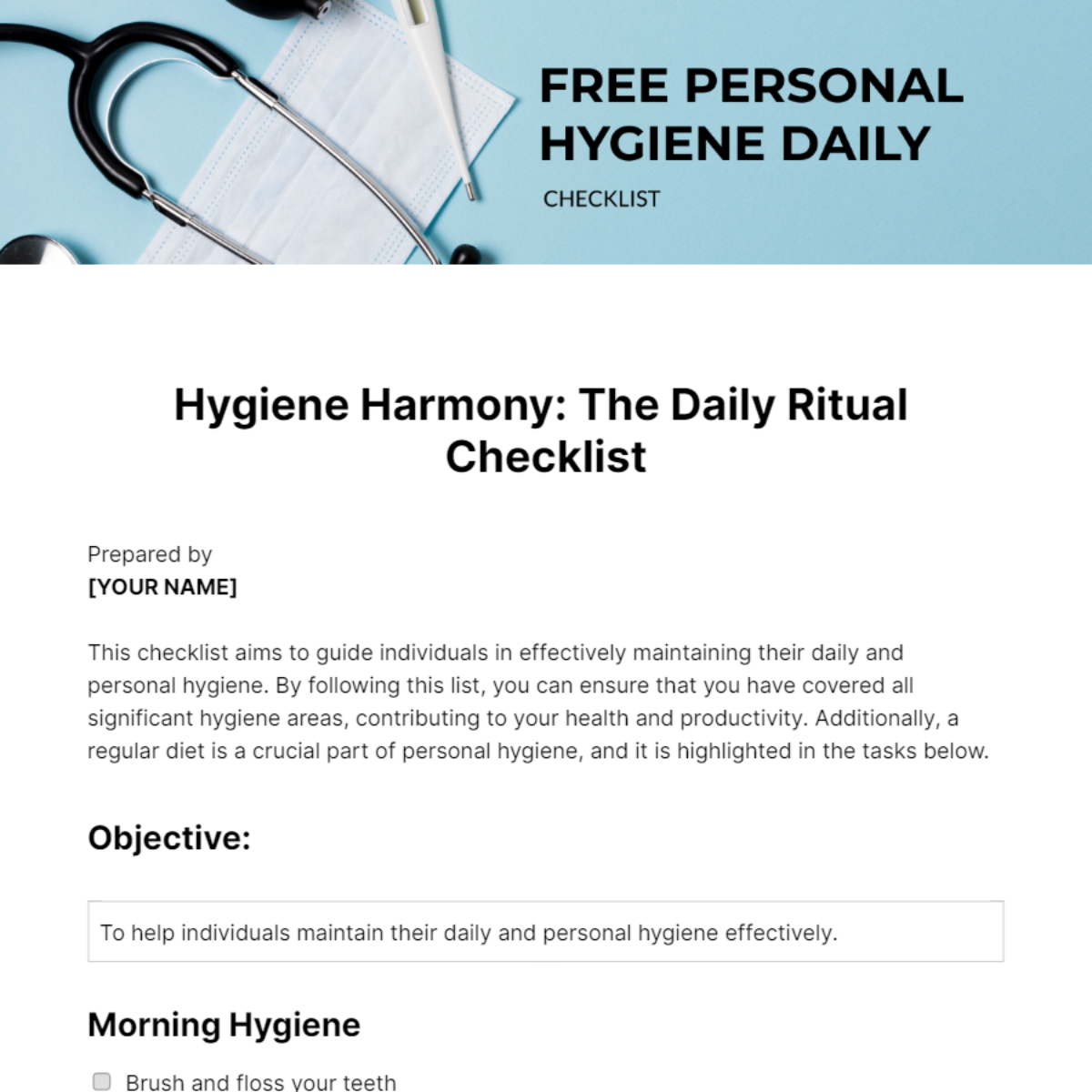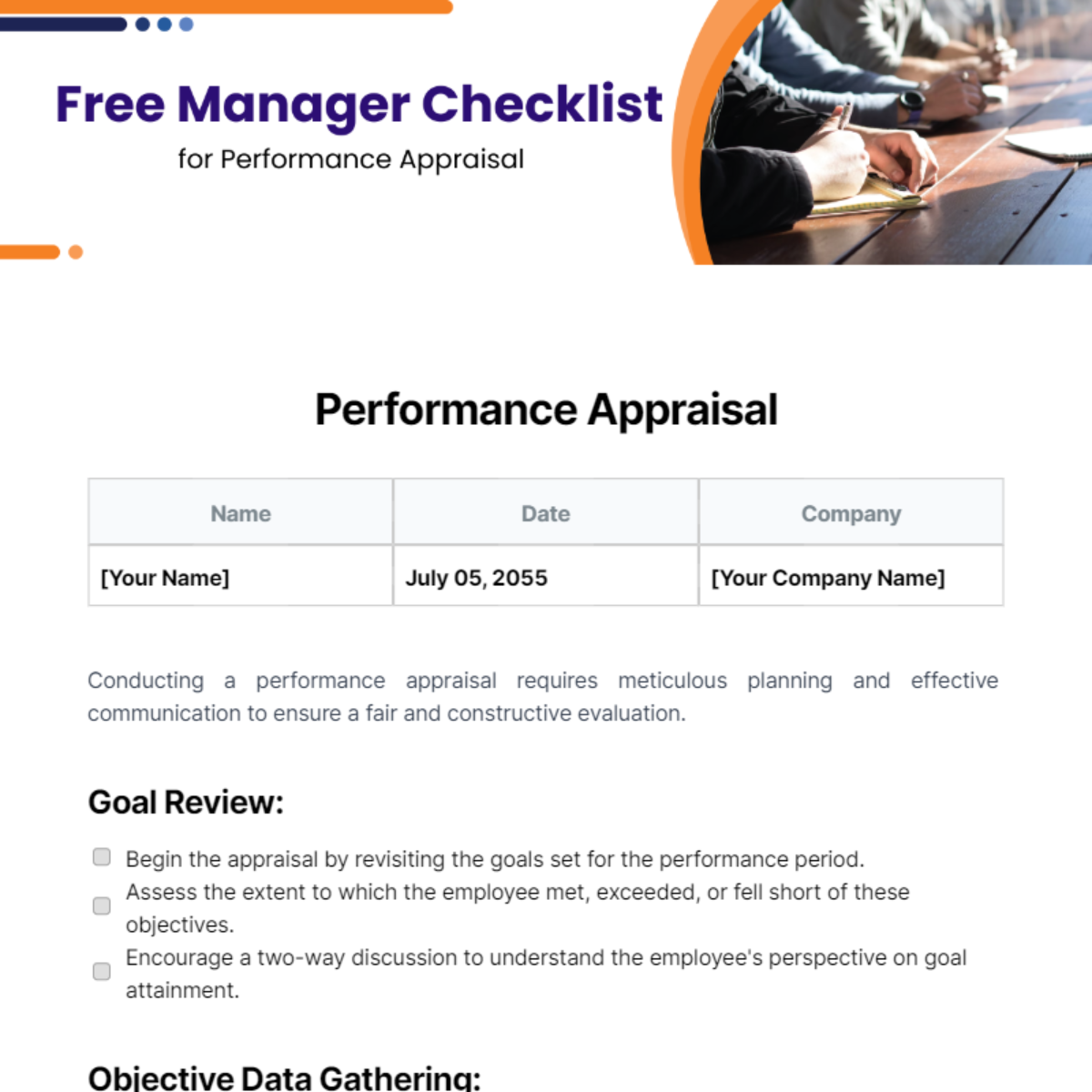User Story Checklist
I. Overview
This is designed to facilitate clear communication and streamline the development process at [YOUR COMPANY NAME]. It ensures that all team members, from developers to project managers, understand the requirements and context of the features to be developed.
Story Title: A concise title that encapsulates the essence of the user story.
Description: A brief paragraph describing the core functionality and its purpose.
II. Actors
Identify the primary and secondary users who will interact with the system's features described in the user story. This section helps in understanding who will benefit from and use the feature, which is crucial for tailoring the user experience and functionality.
Primary Actor: Main user of the system who will interact directly with the feature.
Secondary Actors: Other users who interact with the feature indirectly or who are impacted by its use.
III. Preconditions
Outline the specific conditions that must be in place before the feature can be used. This includes the system's state as well as any necessary data or events that must occur prior to the feature's activation. Comprehensively detailing preconditions helps in ensuring that the functionality is reliably executed and tested.
System State: Description of the system status required to begin the story.
Required Data: Necessary data that must be in place for the feature's operation.
IV. User Story Details
This section is the heart of the template where the actual user story is fleshed out. Here, specify the narrative and the acceptance criteria which define the scope and requirements of the feature. This narrative will guide the development work and help in validating the completed feature.
User Story:
"As a [USER ROLE], I want [FEATURE] so that [BENEFIT]."
Acceptance Criteria:
Criterion 1: Description of a key requirement that the feature must meet for acceptance.
Criterion 2: Another specific condition that validates the feature's implementation.
V. Postconditions
Describe what the state of the system should be after the feature has been used, as well as any outputs or changes. Postconditions help in understanding the consequences and impacts of the feature, ensuring that it integrates seamlessly into the larger system without adverse effects.
System State: Expected status of the system following the feature's execution.
Outputs: Data or changes produced by the feature's operation.
VI. User Story Checklist
To ensure that user stories are comprehensive and all significant aspects are covered, this checklist should be reviewed and completed for each story:
The user story follows the correct format and contains all key sections.
All actors involved are identified and their roles are well-understood.
Preconditions and postconditions are well-defined.
Criteria are SMART: specific, measurable, achievable, relevant, and time-bound.
The feature was reviewed for improvements and validated against business needs.
